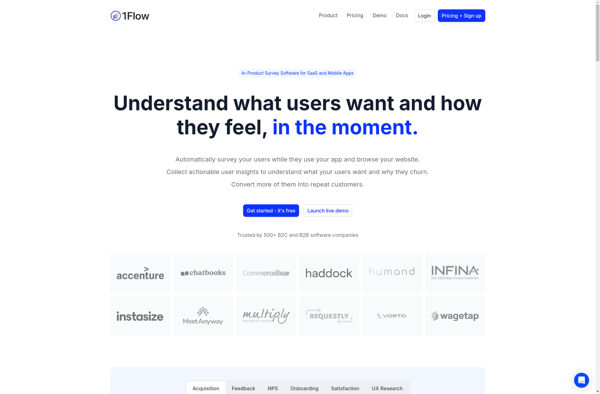Upvoty
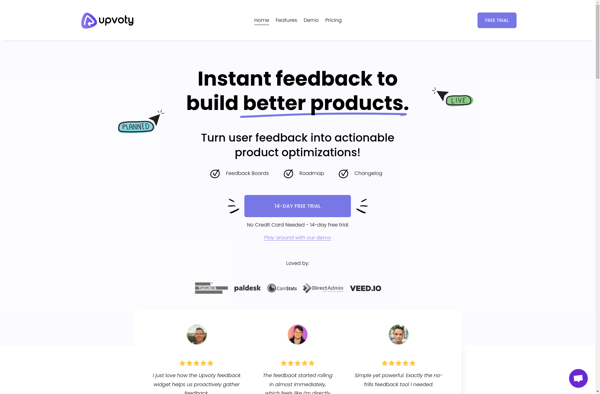
Upvoty: Feedback & Survey Software
Upvoty helps you gather feedback from customers, employees, students, event attendees, and more with its intuitive drag-and-drop form builder and real-time analytics.
What is Upvoty?
Upvoty is an easy-to-use feedback and survey software designed to help individuals and organizations quickly create customized polls, questionnaires, surveys and more to gather actionable insights. It provides an intuitive drag-and-drop survey builder interface along with customizable templates to help users with no technical skills build engaging surveys in minutes.
Key features of Upvoty include:
- Drag-and-drop survey builder with various customizable question types including single choice, multiple choice, rating scales, open-ended, image choices, matrices and more.
- Ready-made professional templates for different use cases such as customer satisfaction, employee engagement, event feedback, NPS surveys etc.
- Advanced logic options like show/hide questions, branching, compulsory questions based on previous answers.
- Flexible distribution with anonymous survey links, QR codes, email invites, website embeds etc.
- Smart real-time analytics dashboard to view survey responses as they come in through interactive charts and graphs.
- Automated reminders to survey respondents to improve participation rates.
- Team collaboration allowing multiple contributors to edit surveys.
- Multilingual surveys supported in over 20 languages.
- GDPR compliant features for consent management, data anonymity and encryption.
- Mobile responsive survey taking experience.
- Custom branding, color schemes and themes.
- PDF exports, CSV/Excel exports and webhook/API integrations with third-party apps.
With its versatile features and intuitive interface, Upvoty is an ideal survey software for agile teams across various industries like market research, HR, education, nonprofit etc. It makes gathering structured feedback and turning insights into actions highly efficient. The software offers flexible plans to meet needs of different organization sizes and budget constraints.
Upvoty Features
Features
- Drag-and-drop survey builder
- Customizable survey themes
- Real-time analytics and reports
- Anonymous voting
- Multi-language support
- Custom domains
- Email and SMS notifications
- API integrations
- Custom branding
- Team collaboration
Pricing
- Freemium
- Subscription-Based
Pros
Cons
Official Links
Reviews & Ratings
Login to ReviewThe Best Upvoty Alternatives
Top Business & Commerce and Feedback & Survey and other similar apps like Upvoty
Here are some alternatives to Upvoty:
Suggest an alternative ❐UserVoice
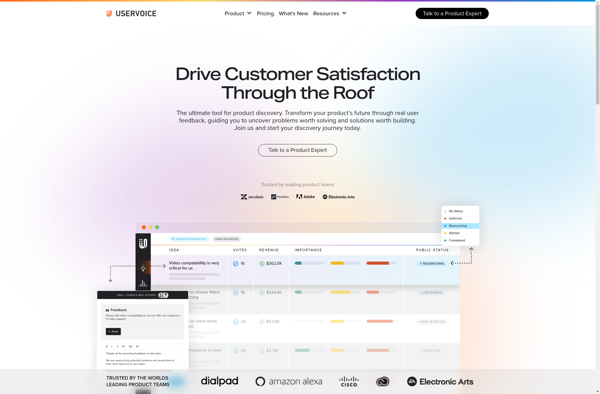
Featurebase
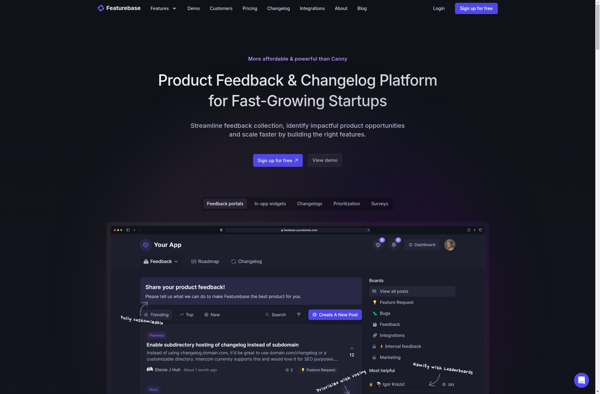
UseResponse
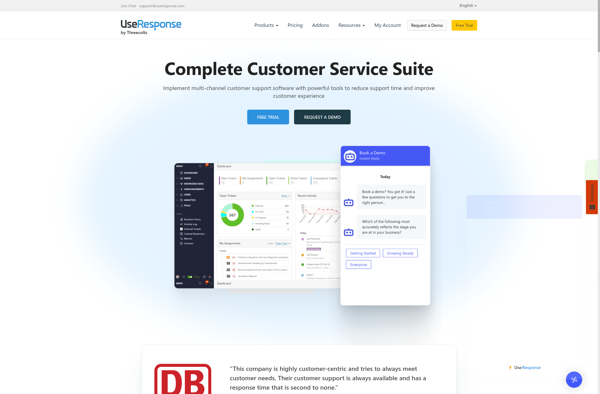
Nolt
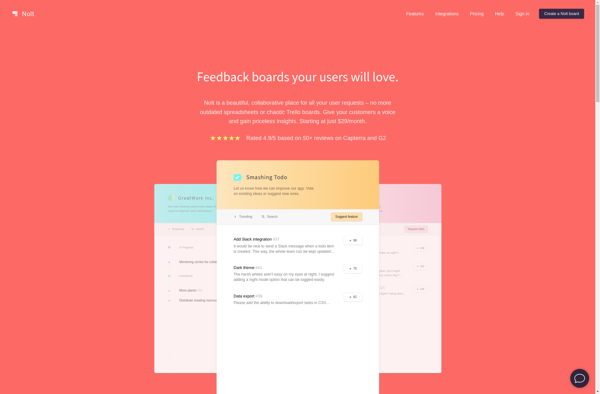
Kampsite
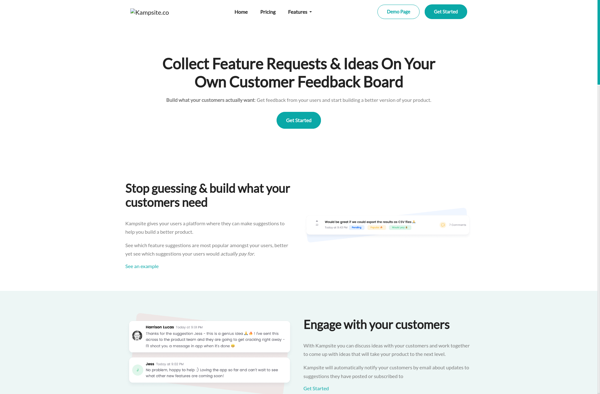
Hellonext.co
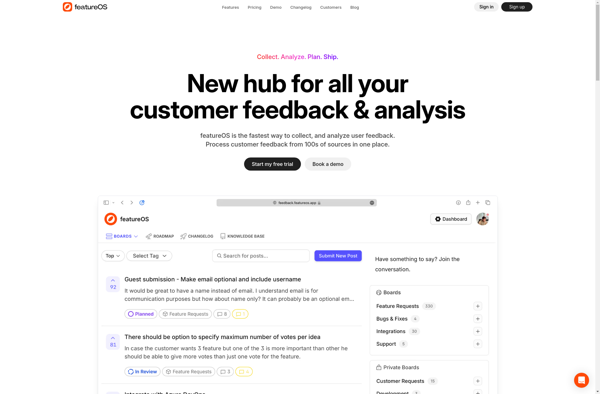
Acute
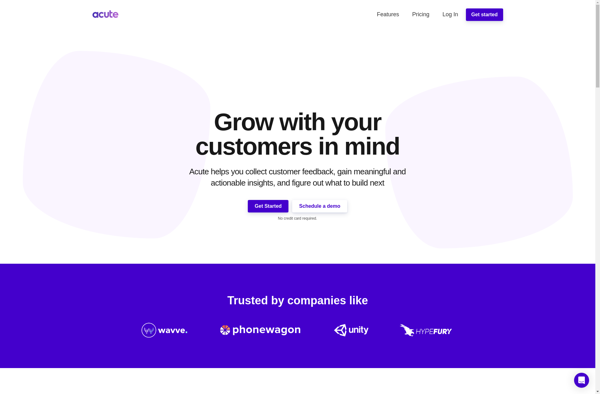
1Flow
